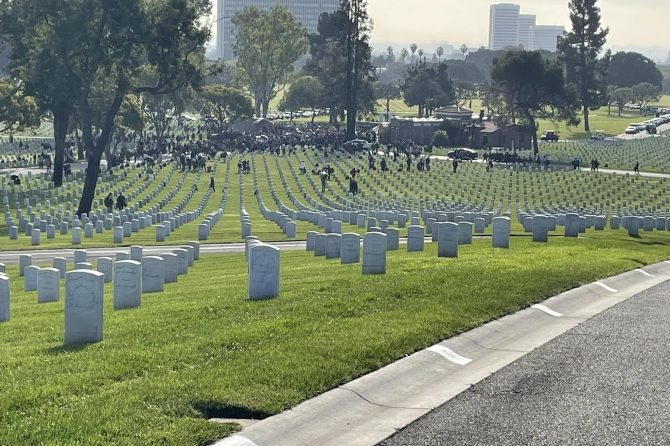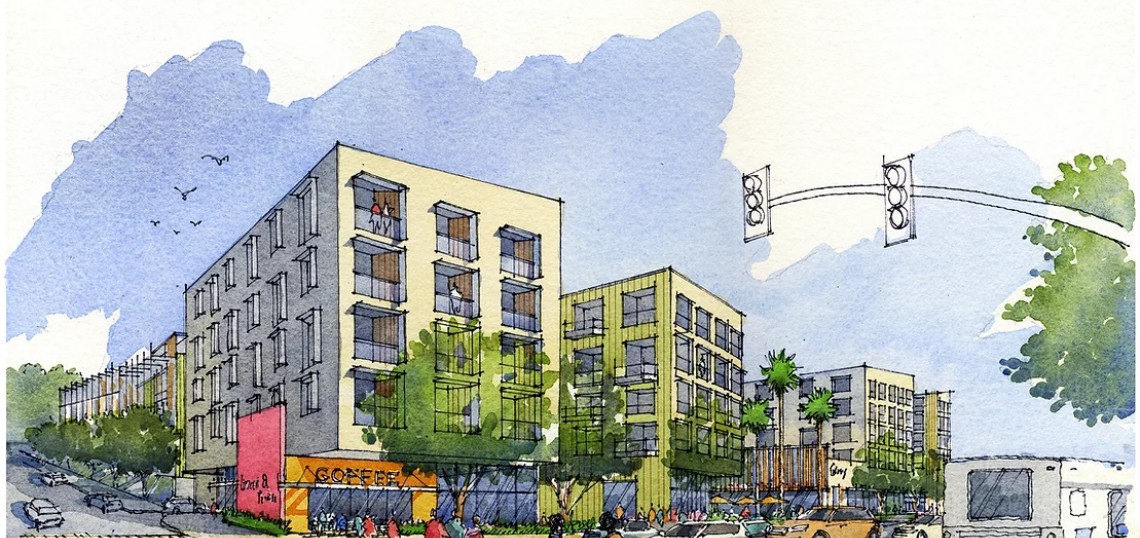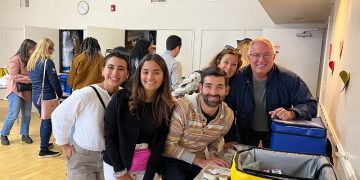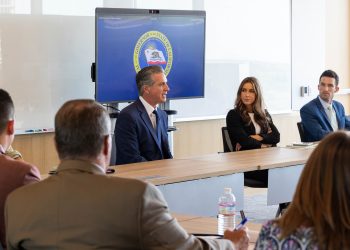When a city like Carson, home to one large oil refinery and next-door neighbor to another, hard by the junction of two major freeways and site of both a Cal State campus and a Major League Soccer stadium, slaps a moratorium on hydraulic fracturing because of environmental questions, you know fracking of California’s vast oil and gas reserves is no sure thing.
Carson’s current city fathers and mothers, of course, were not around when most of those land-use decisions were made, but they are essentially saying “basta,” Italian for enough. It’s one thing to be oil-rich, as Carson is, and another to have unsafe drinking water, which many in the city feel they’d get if Occidental Petroleum goes ahead with a large fracking project in an oil field long considered mostly depleted.
Carson is not alone. Los Angeles, another city with a long and storied history of oil drilling, is drafting an anti-fracking ordinance. So are others.
This activity comes because environmentalists don’t believe Gov. Jerry Brown and the state Legislature went nearly far enough last year, when they okayed the nation’s toughest set of fracking regulations.
The stakes in all this are enormously high for all of California. The Monterey Shale geologic formation extending almost 200 miles south from near San Juan Bautista to Bakersfield and Ventura, and nearly 50 miles wide, is said by some to contain as much as two-third of America’s petroleum reserves.
All this should make it a major public priority to find a fracking method of unquestionable safety.
Oil, of course, has been drilled in the Central Valley part of the Monterey Shale for more than a century. The Elk Hills federal petroleum reserve near Taft is part of this history. Coalinga, about 100 miles north, is home to the state’s most significant oil industry museum, recognizing oil’s historic role in that area.
The oil drawn from those fields helped propel companies like Union Oil, Occidental and Chevron to international significance, but could be dwarfed by what lurks in underground shale.
Yet, the Central Valley’s long history of soil subsidence and chemical pollution of once-fertile farmland provides a cautionary note, even if a USC study last year concluded all-out fracking of the Monterey Shale could produce hundreds of thousands of new jobs.
Environmentalists like to counter that report with a 2012 study of several Pennsylvania counties where fracking is common and has created few jobs. They also note a spate of small Ohio earthquakes now linked by many to fracking. But there’s also North Dakota, once a place of high unemployment and now a fracking boom state with the lowest unemployment rate in America.
Until former Treasury Dept. official Neel Kashkari and current Assemblyman Tim Donnelly emerged as the two apparent Republican frontrunners to oppose Brown, it appeared he might be hurt by his 2013 fracking compromise. But now anti-frackers have nowhere else to turn other than Brown. Donnelly evinces no interest in environmental issues, while Kashkari advocates fracking the state to the hilt.
Doing that, he says, could produce up to 2.8 million new jobs (far more than USC’s optimistic estimate) and $24.6 billion in new state and local tax revenues.
The best thing about the new state fracking regulations may be that no one likes them. Environmentalists gripe the rules didn’t stop the practice, while pro-fracking oil industry spokesman Tupper Hull of the Western States Petroleum Assn. says, “We don’t like them.”
But where Hull went on to say, “We can live with” the new rules, environmentalists don’t make that concession. They worry that water pollution could occur even though oil companies must now apply for permits before fracking and disclose where it will occur, two things they’ve never done in 60 years of fracking, mostly in older oil wells.
The new rules aren’t permanent, though. The state will report near the end of this year on what further restrictions should be part of permanent rules, and the Democratic-dominated Legislature will most likely okay them.
But there has to be a way to have at least have half a loaf, perhaps by using careful limits on where fracking can occur in order to do it without fouling ground water. That might allow enough activity to ease the existing severe unemployment in areas most likely to be fracked.













